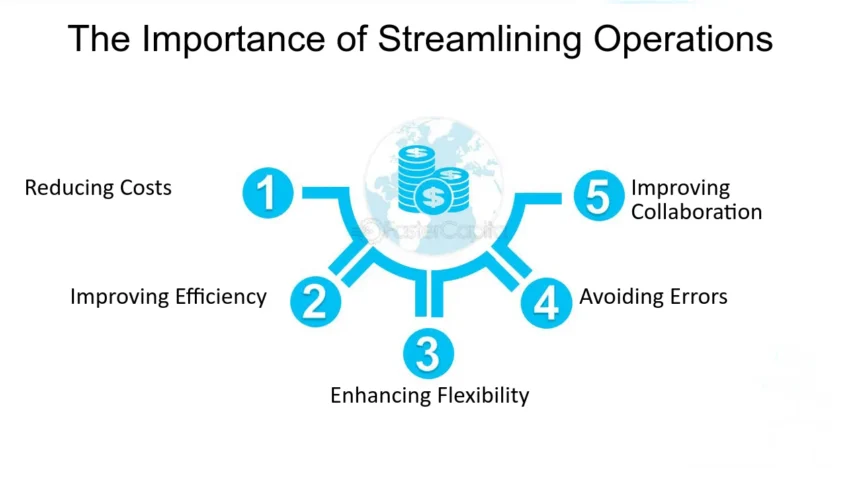Introduction:
In the ever-evolving landscape of businesses, effective supply chain management is paramount for success. The backbone of this management lies in a well-structured supply administration panel. A supply administration panel serves as the nerve center for overseeing and managing various aspects of the supply chain, from procurement to distribution. In this article, we delve deep into the significance of a supply administration panel, its functionalities, and how it can streamline operations for businesses of all sizes.
Understanding Supply Administration Panel:
A supply administration panel is a centralized platform that integrates various supply chain functions, providing stakeholders with real-time visibility and control over the entire supply chain process. It serves as a comprehensive dashboard that enables efficient monitoring, analysis, and decision-making across different stages of the supply chain.
Key Functionalities:
- Procurement Management: One of the primary functions of a supply administration panel is to streamline the procurement process. It allows businesses to automate procurement tasks such as vendor selection, purchase order creation, and invoice processing. By centralizing procurement activities, organizations can optimize sourcing strategies, negotiate better deals with suppliers, and ensure timely delivery of goods.
- Inventory Control: Effective inventory management is essential for minimizing stockouts, reducing carrying costs, and maximizing operational efficiency. A supply administration panel provides real-time visibility into inventory levels, allowing businesses to track stock movements, forecast demand, and optimize inventory levels. Advanced features such as demand forecasting and inventory optimization algorithms help businesses make data-driven decisions to maintain optimal stock levels.
- Order Fulfillment: Managing order fulfillment involves coordinating various activities, including order processing, picking, packing, and shipping. A supply administration panel streamlines these processes by automating order management tasks, optimizing order routing, and providing real-time order tracking. This ensures faster order processing, reduces order errors, and enhances customer satisfaction.
- Supplier Relationship Management (SRM): Building and nurturing strong relationships with suppliers is crucial for ensuring a reliable and efficient supply chain. A supply administration panel facilitates effective supplier management by providing insights into supplier performance, contract management, and compliance monitoring. By fostering collaboration and transparency with suppliers, businesses can mitigate risks, improve quality, and drive innovation.
- Analytics and Reporting: Data-driven insights are instrumental in optimizing supply chain performance and driving continuous improvement. A supply administration panel offers robust analytics and reporting capabilities, allowing businesses to analyze key performance metrics, identify trends, and uncover actionable insights. Customizable dashboards and reports empower stakeholders to monitor KPIs, track performance against goals, and make informed decisions to optimize supply chain operations.
Benefits of Implementing a Supply Administration Panel:
- Increased Efficiency: By automating manual tasks and streamlining processes, a supply administration panel enhances operational efficiency, reduces cycle times, and lowers operational costs.
- Enhanced Visibility: Real-time visibility into supply chain activities enables stakeholders to track inventory levels, monitor order status, and proactively address potential issues, leading to improved decision-making and responsiveness.
- Better Collaboration: Centralizing supply chain data and workflows fosters collaboration among internal teams and external partners, facilitating communication, coordination, and alignment of goals.
- Improved Risk Management: By identifying and mitigating risks in real-time, businesses can proactively address supply chain disruptions, minimize disruptions, and enhance business continuity.
- Competitive Advantage: A well-implemented supply administration panel enables businesses to adapt quickly to changing market conditions, meet customer demands, and gain a competitive edge in the marketplace.
Case Study: XYZ Corporation
XYZ Corporation, a global manufacturing company, implemented a supply administration panel to streamline its supply chain operations. By centralizing procurement, inventory management, and order fulfillment processes, XYZ Corporation achieved significant improvements in efficiency, visibility, and collaboration. Real-time analytics and reporting capabilities enabled the company to optimize inventory levels, reduce stockouts, and improve customer service levels. Additionally, XYZ Corporation strengthened its supplier relationships, negotiated favorable terms, and mitigated supply chain risks effectively, leading to enhanced operational resilience and competitive advantage.
Conclusion:
In today’s fast-paced business environment, the ability to effectively manage the supply chain is critical for achieving operational excellence and sustaining competitive advantage. A supply administration panel serves as a powerful tool for streamlining supply chain operations, enhancing visibility, and driving continuous improvement.
By leveraging the functionalities of a supply administration panel, businesses can optimize procurement, inventory management, order fulfillment, and supplier relationships, ultimately delivering value to customers and stakeholders alike. As businesses continue to navigate complexities and uncertainties in the global marketplace, investing in a robust supply administration panel will be instrumental in building resilience, agility, and sustainability in the supply chain.


Leave a Reply